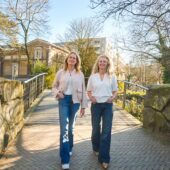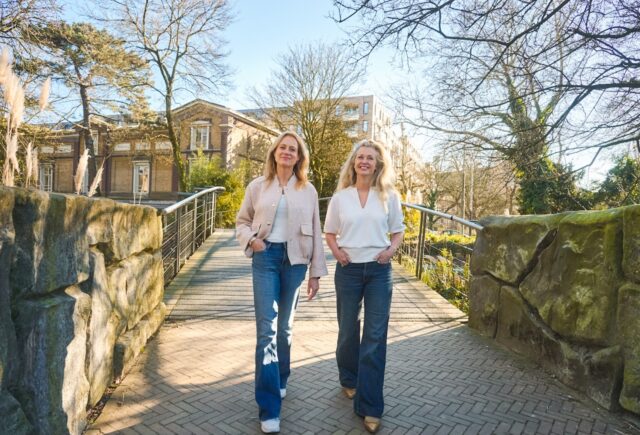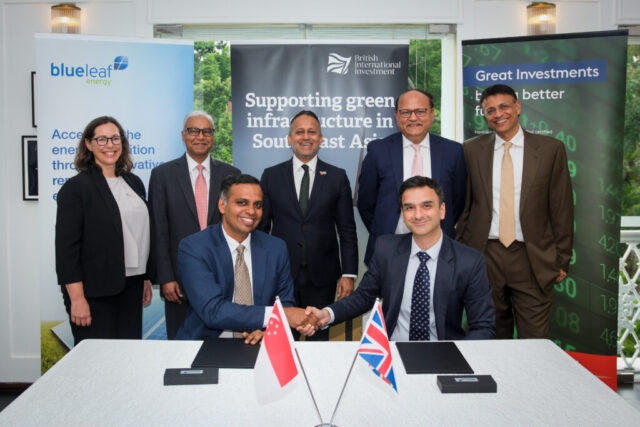Jamie Butterworth, co-founding partner of Circularity Capital talks about ‘theory of change’ principles and how his company applies them to circular economy investments as a springboard for reinventing how the planet sustains itself.

CV Jaimie Butterworth
- Co-founding partner Circularity Capital 2014 – present
- Former CEO Ellen MacArthur Foundation (EMF) 2009 – 2014
- Business fellow Oxford University’s Smith School 2013 – present
Impact Investor caught up with him at the end of another busy day overseeing investor relations at the company he co-founded five years ago.
The rest of his week is filled with investment committee meetings to capture commercial opportunities emerging out of the CE, and talking to circular SMEs.
When he’s not mulling new ideas as an advisor to the Circular Economy Club or the World Economic Forum’s ‘Scale 360’ initiative, he’s talking at EU confabs on resource efficiency. And if the wind is up, you might find him on the water contemplating the next big sea changes in sustainable investing.
How did you get started in the circular economy and investing?
I was part of the team that set up the Ellen MacArthur Foundation (EMF), having previously worked for Ellen in the world of sailing. We did a lot of work on sustainability and the wasteful linear ‘take-make-dispose’ economic model.
The focus then was on persuading people to buy, use and do less. But that’s a difficult narrative when the world’s population and middle-class consumers are increasing. We came across ideas like ‘cradle-to-cradle’ and how an economy could be restorative by design; technical materials and products designed to be taken apart and used again, and biological materials that go back safely into the food and farming systems.
It was so elegant but we lacked evidence that it worked as a business model, so we commissioned a study and took the conclusions to the World Economic Forum in 2011.
That established how much value the circular economy was already creating, and how much more it could create. On the back of that, we formed the ‘Circular Economy 100’ (CE 100) network, as one of the key programmes of Ellen’s foundation.
The CE 100 grew into the world’s largest platform of its kind, with many household names involved. Through that experience – seeing corporations but also smaller growth-stage companies coming up with business models and solutions for global corporates – I decided to step down from running EMF after five years and set up a specialist fund to provide those companies what they needed, to unlock their growth. Circularity Capital was born.
And how do you rate Circularity Capital’s first five years?
The thing I love about this work is that there are so many companies coming up with great ideas and it’s growing all the time. The market and momentum behind the circular economy is really gathering pace.
More and more established businesses are aligning themselves with these practices and new entrants pop up everywhere. It’s a privilege spending your life looking at these kinds of companies and business models.
How did you become more involved in impact investing?
While we were setting up Circularity Capital, impact investing was starting to create some waves. We were always clear from the start that circular economy models done right can generate attractive financial returns, often outperforming their linear competitors, as well as having a measurable non-financial impact.
If you can be more productive with a resource (use it many times) you can create more money and decouple the use of energy, resources, et cetera.
At EMF, I’d also been involved in developing the first methodology for how to measure the non-financial impact of circularity. As it happened, around that time impact investing was really changing up a gear.
Things like the Global Impact Investment Network and Iris Metrics came into play, so it was good timing. And that meant more investors were interested.
What does ‘impact’ really mean to you, then? What’s a good (or bad) return?
We’re looking for the positive environmental outcome or impact that an investment can drive versus ‘business as usual’ – i.e. what additional benefit this circular business brings and how we measure that during the investment period.
On financials, it’s clear you move the market by sending a pricing signal that your product, solution or investment opportunity is as attractive or more so than the benchmarks.
We look for ways to achieve both of those outcomes in parallel and, from a theory of change perspective, that’s really the only sustainable way to do this at scale.
Do you have a template for assessing growth companies you invest in?
It starts with our ‘theory of change’ report. We explore how the company is driving value through its circular business model while looking for any potential unintended consequences of their business model, and if they can be mitigated.
We do our impact and performance evaluation at a company level and get management buy-in on that. Typically, they’re already reporting or using circular economy-related key performance indicators as part of the core business plan.
We also aggregate and report this information at a portfolio level for our investors, as well as undertake significant ESG due diligence on environmental/social/governmental risks and perspectives.
How would you categorise your company’s investment style?
Our style is prudent and disciplined. We’ve had so many circular economy models and pitches across our desk that our intuition on attractive versus unattractive attributes is becoming well-tuned.
What’s more, we’re always learning, which is the basis for the template we use in deploying capital. This means we’re gradually building up more information about this space, what works and what doesn’t.
In any investing scenario it’s important to retain objectivity and a critical mind, despite all the excitement and interest in a field, and clearly this applies to impact investing and financial business models as well. Not all opportunities will necessarily have a positive impact or they might have unintended consequences.
Any recent deals to reveal?
Yes, the most recent is PackBenefit, a Spanish sustainable packaging company. We’ve also just exited one of our portfolio companies, ZigZag, through a sale to the NYSE-listed company, Global Blue.
Additionally, we just participated in a €40mn follow-up round for a fast-growing flexible rental business, Grover, which has increased its subscriber base ten-fold since we invested in 2018.
What’s the smartest/dumbest thing you’ve done at Circular Capital?
The smartest thing is probably building the right team of people, and the dumbest thing is thinking it would be easy to find them. It took longer than expected, but we’ve got the right people with solid track records in growth-equity investing but with specific expertise and insight into the circular economy.
To finish up, what’s the biggest myth about the circular economy or circular investing?
That’s easy. The circular economy is not all about recycling. That’s the last thing you want to do with a product. If you recycle an iPhone, you capture less than 0.5% of its value. If you refurbish the phone and sell it on, you’ll capture around 50% of its value.
Recycling is a typical fixation when a lot of the opportunity and impact comes from remanufacturing or product-as-a-service models and tightening the loops within the (circular) economy.





